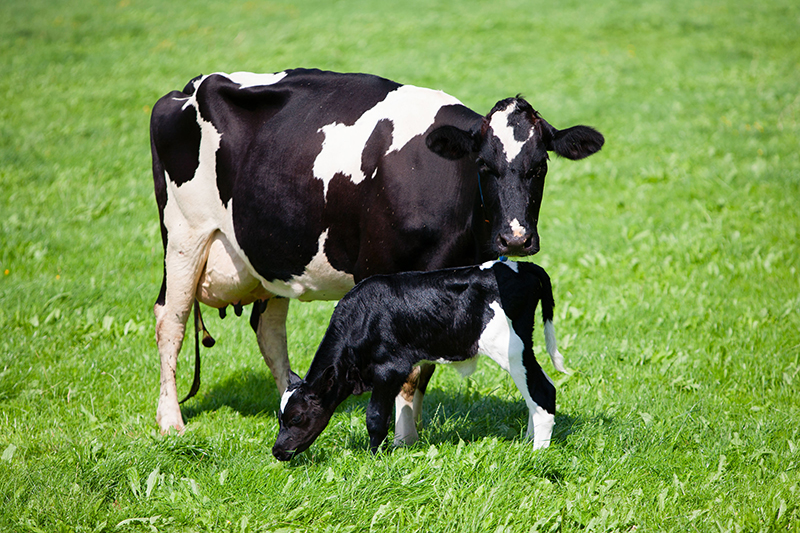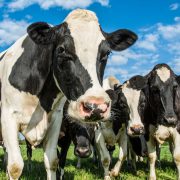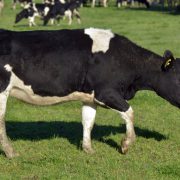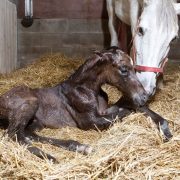Associations between dairy cow inter-service interval and probability of conception
Associations between dairy cow inter-service interval and probability of conception

Requires membership/payment
This article can be accessed via RCVS Knowledge Library Membership (click here).
In our edition of: Oct 2018
In our categories of: farm animals
our summary:
Remnant, J.G. et al. (2018) Associations between dairy cow inter-service interval and probability of conception. Theriogenology, 114, pp. 324-329
The aim of this study was threefold: to investigate the variation in conception risk by inter-service interval (ISI) in dairy cows, to increase understanding of the effects of ISI on fertility, and to investigate the expected oestrous cycle length of previously inseminated dairy cows.
Data was gathered, as part of a larger study, from farms that were clients of one of 20 veterinary surgeons based in England or Wales. Following assessment of the data for quality, this study included 257,396 inseminations in 75,745 cows from 312 herds.
Each single insemination was recorded as a line of data with the insemination, cow, parity and herd identity recorded. The following variables were also recorded or calculated: date of insemination, pregnancy, ISI in days, month and year of insemination ending ISI, parity, 305 day lactation milk yield, days in milk at insemination ending ISI and number of inseminations (in this lactation). Inseminations were considered as successfully resulting in a pregnancy if the cow calved 266-296 days later. If two inseminations occurred within this range then the closest to 283 days was considered as successful.
The distribution of ISIs between three and 50 days and the proportion of inseminations resulting in a pregnancy (conception risk) at each ISI were plotted. From this distribution a range of 16-28 days was selected for further analysis. This data set contained 60,094 ISIs from 32,122 cows in 312 herds.
Results show an increase in the frequency of insemination and observed conception risk around 22 days. Conception risk peaked around multiples of the expected oestrous cycle; at three and six weeks. Conception risk was low at 16 days, peaked at 21 days and then gradually declined plateauing at 27 days ISI. The distribution of predicted mean conception risk by ISI was significantly lower for ISIs of 16, 17 and 18 days. Predicted mean conception risks for ISI of days 20, 21 and 22 were significantly higher than the reference interval of 25 days.
Milk yield, parity, days in milk, insemination number, and month and year of insemination were significantly associated with conception risk. Three clusters were identified in the data: days with lower chance of conception with lower number of inseminations (LL), high chance of conception and lower number of inseminations (HL), and high chance of conception and high number of inseminations (HH). Inseminations carried out between 19 and 26 days were most likely to fall in the HH category.
The main limitation of the study is the fact that the data was a convenience sample based on record quality. This may have selected farms with better management practices, which may have influenced the results.
In dairy herds good reproductive performance is essential for efficient milk production. For each cow, reproductive performance involves submission of cows for insemination in a timely way, conception and maintenance of pregnancy. This study shows that inseminations carried out 19-26 days following a previous insemination were more likely to result in a pregnancy than shorter or longer ISI. These findings suggest that the expected range for ISI in the dairy cow is longer than the traditionally held view of 18-24 days.
Image copyright attribute: De Graaf Erik
Join the discussion
We encourage discussion on all material highlighted in each edition of inFOCUS. Use the button below to join the conversation on Twitter and include your comment in the feed for this issue.






Leave a Reply
Want to join the discussion?Feel free to contribute!